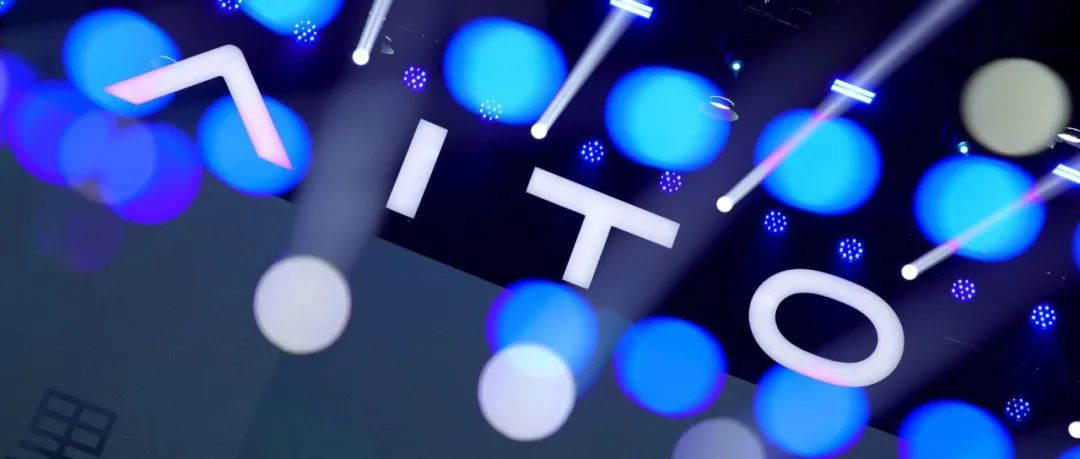Writing by | Roomy
Editing by | Zhou Changxian
In the movie “The Grandmaster”, there is a saying that goes, “A thousand fists converge into one path, Kung Fu, two characters, one horizontal and one vertical. The one who wins stands, and the one who loses falls.”
This sentence is also applicable in the context of new energy technology. However, the defenders of different routes all do not want to lose and fall. Even the argument of “cannot affect the situation” is unwilling to fall behind. From this perspective, the market situation is indeed tense.
This is about Wei Pai CEO Li Ruifeng “firing shots” at Huawei Intelligent Automotive Solution BU CEO Yu Chengdong. The focus of the bombarding is the controversial “range-extended hybrid technology” in the process of new energy development.
Both sides hold their own views.
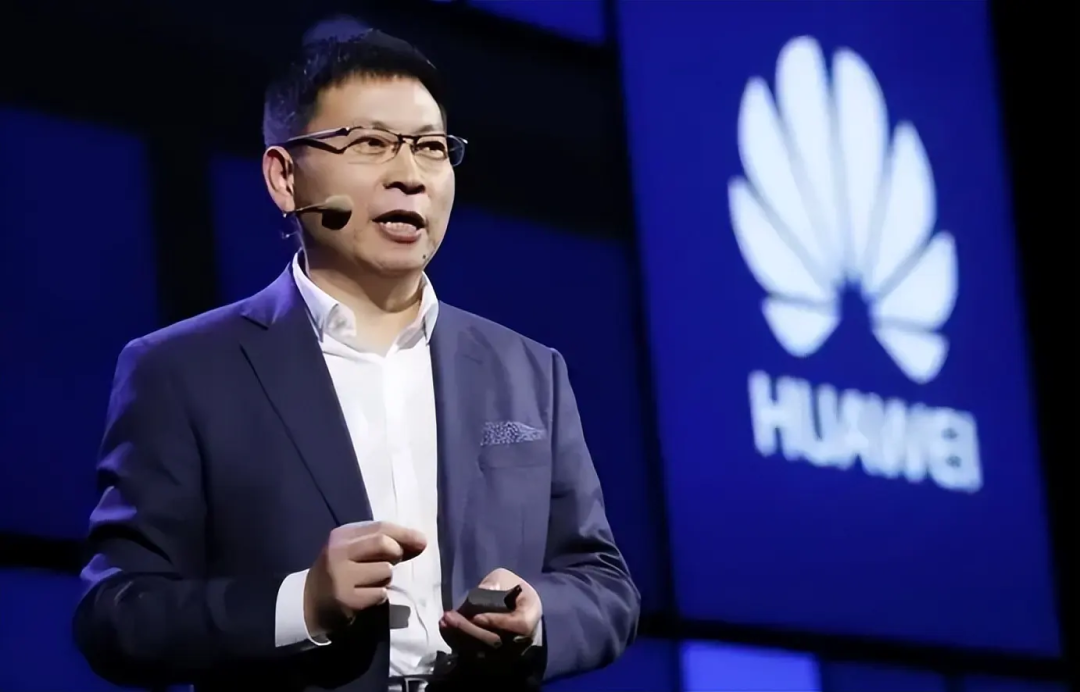
Yu Chengdong said, “We need to eliminate pure oil vehicles as soon as possible. At present, the improvement and popularization of charging piles still need time. The range-extending mode is the most suitable new energy vehicle mode at present.”
In fact, judging from the controversy over the range-extended technology in the past, there should be no shortage of people who disdain Yu Chengdong’s words, but what was unexpected was that Li Ruifeng, CEO of Wei Pai, came out to counterattack first.
“You have to be strong to forge iron. It is the industry consensus that range-extended hybrid technology lags behind. No matter how big your mouth is, you cannot go too far.” “Just make a fortune in silence when doing range extension. Why bother to speak it out?”…
It can be seen that Li Ruifeng is very angry. He not only tweeted five times in a row but also manually added the hashtag #YuChengdongSaidRangeExtendedCarIsNonsense#. He even launched an online poll asking, “Do you think range-extended hybrid technology is really lagging behind?”
To be honest, the industry hasn’t seen such a wonderful remote battle for a long time.
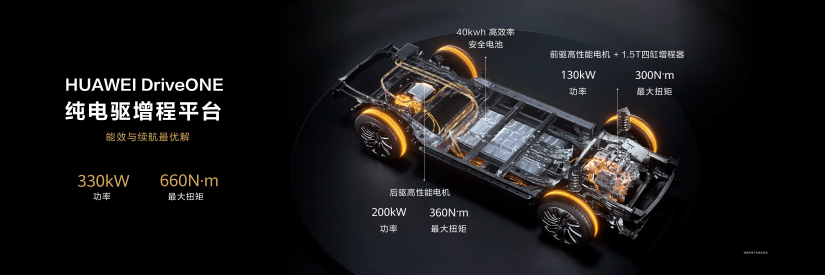
This is not just for fun, but also because before the ultimate goal of “electric vehicles completely replacing oil vehicles” is achieved, the development and enrichment of various routes are all driving and advancing towards the ultimate goal.
Just like the saying in “The Grandmaster”, “A thousand fists converge into one path, Kung Fu”. Although many times, people regard “hybrid” and “range-extended” as a transitional technology, and think that “electric” is the ultimate “righteous way”, technological innovation always has a long time span until it matures. Different scenery and ways can exist on the road to achieving the ultimate goal.
Although the focus of the firing is “range-extended technology”, in the eyes of “AutocarMax”, the choice of technological routes is not a test for Huawei’s participation in car manufacturing. The real test is the Qianjie M7, which adopts range-extended hybrid technology. Perhaps it will be a high mountain on the road of Huawei’s “no” car manufacturing.
The Increasingly Divided Huawei
From the perspective of Yu Chengdong, praising the extended-range electric vehicles is understandable, because both the Huawei MateBook M5 and MateBook M7 are examples of this technology’s power.
It is well known that when idealistic thinking began to adopt extended-range electric technology, there was much debate about the advantages and disadvantages of such technology. Supporters believed that it was an effective solution to the fatal flaws of electric vehicles. Opponents, such as Li Ruifeng and Volkswagen Group (China) CEO Feng Sihan, have expressed clear opinions that “the development of extended-range electric technology is not significant, even a terrible solution.”
We have no intention of stating who is right or wrong. Although the country’s plan for new energy clearly outlines the development of plug-in hybrid and pure electric models, it does not mention the technology of extended-range electric vehicles. However, He XPeng’s recent statement can be used as a reference: “Any company must go through selection and renewal, and most petrol vehicle owners in China will transition to electric vehicles through hybrid models; however, hybrid technology will eventually lean towards pure electric technology.”
In other words, innovation is painful and requires a process.
However, why did Yu Chengdong’s speech still provoke controversy, when the ideal ONE has already sold tens of thousands of vehicles per month, proving that the extended-range electric technology route is marketable? As car makers and markets can increasingly understand the technology of extended-range electric vehicles objectively and assess it in a more objective way, why is Yu Chengdong’s statement still causing controversy?
There is a comment that might explain this: “Yu Chengdong is much like Musk, but not Musk. Musk came up with innovative technologies, while Yu Chengdong’s speech about car-making is more like an outsider directing operations.”
In fact, in this stage, Yu Chengdong is somewhat similar to He XPeng and Li Bin when they first entered the automotive industry. They often caused public opinion storms due to their straightforwardness in their speech, which appeared somewhat arrogant to traditional automotive professionals.
He XPeng, Li Bin, and Li Xiang, who have gone through market fluctuations for seven or eight years, have all entered a stable phase, perhaps called “respectful of the market”.
Does Yu Chengdong not respect the market? Not really.
Huawei Industrial Technology rose from the ashes and has experienced all kinds of ups and downs, and has long since achieved “respect”. From Huawei’s repeated emphasis on the three types of cooperation with car makers during each product launch, we can see Huawei’s respect for the automotive industry from the bottom of its heart.There are three main modes of cooperation between Huawei and car companies: component supply mode, solution integration mode (i.e. HI mode), and selected car mode (currently only chosen by SAIC). Huawei has always emphasized that it does not make cars, but only helps car companies make good cars and sell them. However, some people believe it and some do not.
Especially the claim of “not making cars”, few believe it. The reason may come from Huawei being pragmatic on the one hand and the sense of division caused by its frequent high-profile remarks on the other.
In fact, the current market public opinion atmosphere is no longer as “tolerant” as it was a few years ago. After all, the development of new energy has moved from the initial exploration to the “second half” of the current stage.
The dispute over the three-electricity technology is no longer about whether the battery can be made or not, but the continuous improvement of the battery technology structure. The dispute over intelligence is no longer about whether the classification of L1-L5 automatic driving technology is reasonable, but about how many lidars are there to support L3 or L4?
The market has become larger, and technology has gradually matured, so the error tolerance is much lower. After all, at this moment, it is not a time for “verbal disputes”. When the ideal ONE put forward the extended-range technology, there was a strong voice of doubt, and Li Xiang also had disputes. However, the final landing point was still on the product. The success of the ideal ONE has dissipated many doubts.
The sentence from Yu Chengdong is not wrong. The improvement and popularization of charging piles does take time, and the extended-range technology does indeed adapt to the current travel plan. It’s just like the name of Jay Chou’s new album, “The Greatest Work”, which uses absolute language and is easy to leave handles. To put it in the language of a fan circle, it is “praise and criticism”. Such a bold statement also dilutes the pain of others’ transformation.
In addition, from the perspective of the industry, the extended-range technology does not make any innovative contributions to the development of industrial technology. There is such a comparison that the three-cylinder engine, which was once on the verge of delisting, has revived in the extended-range technology. The 1.2T extended-range three-cylinder engine has even less technical difficulty than the Haval H6 priced at 100,000 yuan.
In Li Ruifeng’s poll, there was such a repost which also pointed out a certain key point, “There is nothing wrong with the extended-range technology itself. What is wrong is the practice of using it to deceive users as being advanced.”
Traditional car companies with extensive experience have a recognition that if they want to stand invincible, they must focus on deepening technology. Therefore, Yu Chengdong, who wanted to use the extended-range technology to eliminate gasoline cars, naturally caused some bombardment from traditional car companies.
Cui Dongshu, secretary-general of the China Passenger Car Association, also pointed out different contradictions. “The market has become larger, but it has mostly been left to those traditional car companies that are already doing well in the field of new energy, as well as Tesla. Although the market share of new forces has also achieved considerable growth, their living space has not been fundamentally improved.”After all, Huawei does not have a unique strength in automotive power technology. Therefore, it is not easy to win credibility in terms of technological development strategy.
Wanjie M7 or a Mountain
Speaking of which, let’s talk about why the Wanjie M7 may be a huge challenge for even Huawei to overcome.
This is an era where it is easy to create and destroy idols. Huawei has an undeniable strength and foresight in the technology sector.
However, Huawei is a newcomer in the automotive industry. The excellent sales record of Wanjie M5, which has sold over ten thousand units in just a few months, undoubtedly demonstrates Huawei’s growing influence in the new car market.
This is a good thing and has given Richard Yu, CEO of Huawei Consumer Business Group, a lot of confidence. Therefore, at the launch conference of Wanjie M7, his speech sounded familiar, “Wanjie M7 can totally surpass luxury cars that cost over a million yuan”, “It is the world’s first car model that allows leaders and bosses to rest comfortably and even surpasses all luxury SUVs and MPVs”.
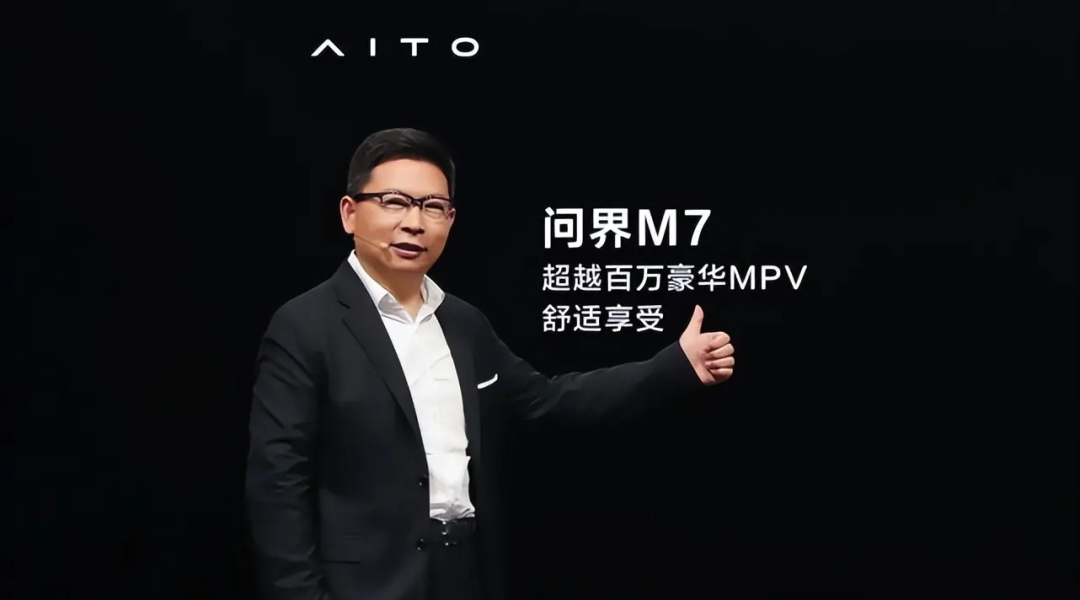
Huawei launched 3 models of Wanjie M7, with a suggested retail price of RMB 319,800 to 379,800 yuan, and it is positioned as a mid-size SUV with a 2+2+2 six-seating layout. The second-row seats are one of the highlights of the product.
Before the launch conference, Richard Yu publicly declared that Wanjie M7 will surpass Toyota Alphard, Lexus LM, and other million-yuan SUVs. At the conference, he compared it with a range of luxury cars, such as BMW X5, BMW X7, Mercedes-Benz GLS, Audi Q7, Tesla Model Y, and Maybach.
After the launch conference, many headlines stated that “Wanjie M7 has taken over the luxury car market”. Moreover, Richard Yu even wants to swallow up the space occupied by Mercedes-Benz, BMW and Audi that costs between RMB 300,000 to 500,000.
Although Richard Yu has admitted that he likes to brag, he believes that “after each bragging spree, he can deliver”.
As for whether Wanjie M7 can deliver, the public opinion is clearly not as optimistic as it was about Wanjie M5.
When searching for Wanjie M7 news, a prominent headline caught our attention: “Wanjie M7 with a higher positioning and price has unexpectedly used the ‘low-cost MacPherson suspension’ that it previously despised”. The topic became a heated discussion, which on the one hand, shows Huawei’s practical approach, but on the other hand, exacerbated the gap between practical spirit and high-profile statements.
This gap has indeed become a mark of Huawei’s involvement in the automobile industry.One of the most concerning questions before the release of the Huawei Wanjie M7 was its level of intelligence. Huawei was quite modest in terms of intelligence this time, stating that the Wanjie M7 is equipped with L2+ intelligent assisted driving, and Yu Chengdong said that “the automatic driving level is sufficient and valuable”.
“Sufficient” is obviously not enough to satisfy the curiosity of the outside world. Some comments are not friendly, thinking that “Yu Chengdong is bragging again”. At this point, in fact, some people are worried that too much high-profile statements will dilute Huawei’s own spirit of exploration.
In terms of power, it has been discussed for a long time about the range extender. The Wanjie M7 is equipped with the HUAWEI DriveONE pure electric drive range extender platform, which, combined with the highly efficient 1.5T four-cylinder range extender and permanent magnet synchronous electric drive oil cooling technology, can generate 3.13 degrees of electricity per liter of fuel, achieving a balance between energy efficiency and endurance.
The intelligent cabin is obviously the killer feature of the Wanjie M7, and Yu Chengdong took a lot of space to introduce it. “The intelligent cabin is surprising,” which is also an industry consensus.
HarmonyOS intelligent cabin inherits the excellent smooth experience of Huawei terminals. On-board with the mobile phone ecosystem, the new super desktop function allows mobile phone applications to go directly to the Wanjie M7 car machine. Users can operate mobile phone applications through the large screen, and the software interface will adapt to the screen.
Overall, the appetite of the Wanjie M7 is very large. It aims to take the intelligent cabin as its core, focus on luxury experience, and target the luxury SUVs and MPVs between 300,000 and 500,000, including not only BMW, Mercedes-Benz, but also brands such as Voyah and Ideal.
It can be said that Huawei has placed the Wanjie M7 at a high position, and its comments on trampling on major luxury brands have also sparked some discussions on the Internet. However, in the end, the most important thing is whether the market recognizes it or not, and whether consumers buy it or not.
For users, more consideration when buying a car is practical needs, such as endurance, intelligent configuration, comfort, and cost. Li Xiang has also stated that the ideal ONE’s good market performance stems from an understanding of users’ real pain points.
Currently, official data shows that the orders for the Wanjie M7 exceeded 10,000 within two hours after its release, which also to some extent demonstrates Huawei’s appeal in the field of making cars. Yu Chengdong is also confident, “As of now, there is still pressure on the supply, but I believe that our M7 will sell better after it is launched.”
However, the market life of car models is not temporary, but long-term. Does the Wanjie M7 have the ability to support Yu Chengdong’s statement of “overtaking Tesla and selling 2 million cars in a single year”?
The answer is not unknown, but impossible.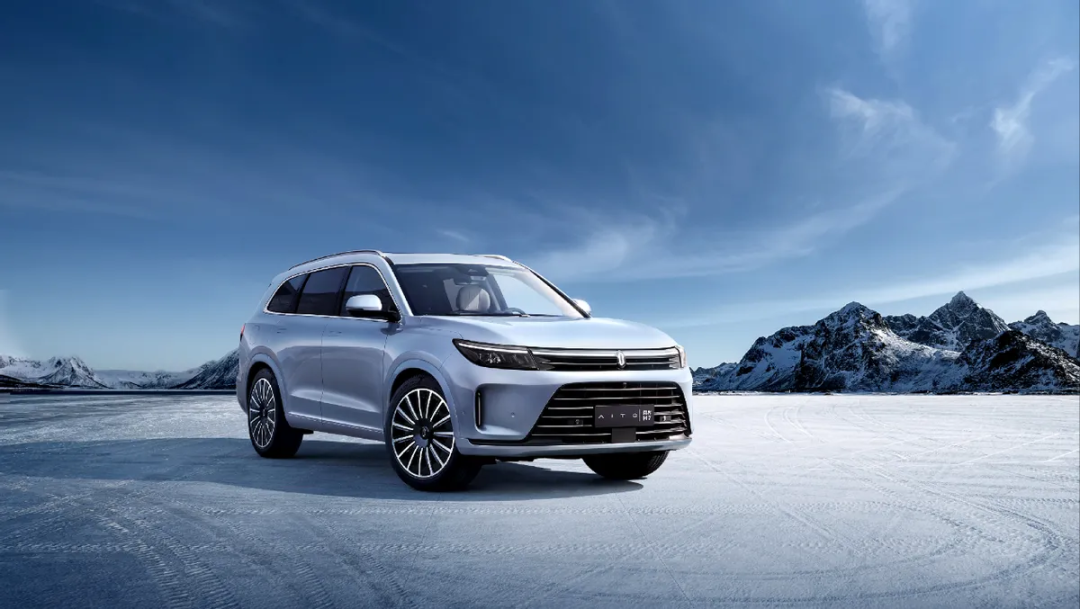
Placed in the luxury car market, the Changan CS75 Plus is only an ordinary entry-level model, but Huawei has placed the WEY M7 in a much higher position. Moreover, it competes in a niche market where the competition is extremely fierce. In many articles, we have analyzed that the 300,000 to 500,000 yuan market is “hard to fight” since Chinese car brands have never deeply cultivated this market for years. The lessons of many failed attempts to go high are right in front of them.
Of course, if the WEY M7 can achieve a breakthrough, it will be beneficial. However, if it cannot, what will WEY play next? This is not something that can be achieved by just a few words of “bluffing and bravado”. If the WEY M7 is overloaded, it may become a mountain that Huawei has inadvertently placed in front of itself and is difficult to overcome.
WEY has already launched its second model and it’s time for them to proceed steadily and step by step.
This article is a translation by ChatGPT of a Chinese report from 42HOW. If you have any questions about it, please email bd@42how.com.
